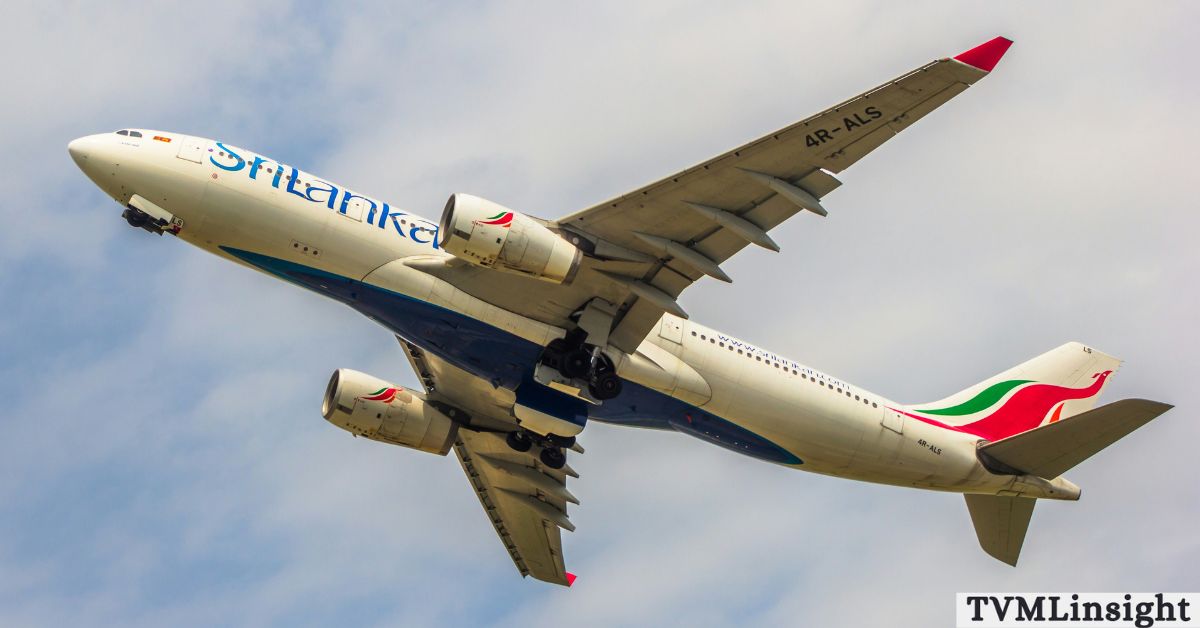
United Airlines Flight UA770 Emergency Diversion: What Really Happened
When news broke about the United Airlines Flight UA770 emergency diversion, many passengers and aviation enthusiasts wanted answers. Diversions are not uncommon in commercial aviation, but they always raise questions about safety and preparedness. Understanding why a flight is diverted helps travelers feel more confident when flying. In this article, we’ll explore the causes, passenger experiences, industry response, and the lessons airlines can learn from incidents like UA770.
Table of Contents
Why United Airlines Flight UA770 Emergency Diversion Happened
Technical Reasons Behind Diversions
One of the most common reasons behind a flight diversion is a technical fault. Airlines like United prioritize passenger safety, so even a minor irregularity can lead to an emergency landing. In the case of Flight UA770, aviation experts highlighted how airlines take no risks when technical alerts appear mid-flight. This ensures that both passengers and crew remain safe until the aircraft can be checked thoroughly.
Weather-Related Challenges
Severe weather is another leading factor for rerouting flights. Pilots often face strong turbulence, storms, or low visibility that force a change of course. United Airlines Flight UA770 was also affected by atmospheric conditions, which made it difficult to continue safely on its original route. Such measures demonstrate how airlines proactively reduce risks rather than push through dangerous skies.
Medical Emergencies on Board
Occasionally, an aircraft diverts because a passenger suffers from a serious medical condition. While reports on UA770 point more to technical and weather-related issues, medical emergencies are always a possibility. In such situations, the crew communicates with air traffic control to land at the nearest suitable airport. United’s procedures ensure rapid response and care, minimizing risks during critical moments.
Passenger Experience During the Diversion
Initial Reactions and Announcements
When passengers on UA770 first learned about the diversion, many were naturally anxious. Flight crews made clear announcements explaining the reason, which helped ease concerns. Transparency plays a huge role in ensuring passengers remain calm and cooperative during an unexpected event like an emergency landing.
Safety Procedures in Action
United Airlines strictly follows FAA safety regulations, and during diversions, flight attendants implement all required measures. From securing cabin items to assisting passengers with medical needs, every action is carefully planned. On UA770, these procedures ensured safety while minimizing panic among passengers.
Passenger Rights and Assistance
Following any diversion, passengers often wonder about compensation and assistance. United Airlines provides meal vouchers, rebooking options, and accommodation support when necessary. For UA770 travelers, the airline prioritized customer care, reflecting its commitment to passenger satisfaction even under challenging circumstances.
Airline & Industry Response
Immediate Airline Communication
United Airlines promptly released official statements about Flight UA770’s diversion. This level of communication is essential for maintaining public trust. Passengers’ families, media outlets, and industry experts closely monitor updates during such events.
Aviation Safety Oversight
Regulators like the FAA monitor these situations closely. Every emergency diversion, including UA770, undergoes detailed investigation to ensure safety standards are upheld. This process not only protects passengers but also strengthens the entire aviation industry.
Lessons for Future Flights
The diversion of UA770 highlights the importance of advanced aircraft technology, pilot training, and safety drills. Airlines constantly update safety protocols to prevent or minimize disruptions. By analyzing each case, including UA770, the aviation sector continues to improve reliability.
Common Causes of Flight Diversions
- Technical Malfunctions – from engine alerts to sensor issues
- Severe Weather – storms, turbulence, and low visibility
- Medical Emergencies – urgent health issues requiring immediate landing
- Security Concerns – passenger behavior or onboard threats
- Air Traffic Restrictions – unexpected congestion or route changes
Diversion Statistics: United vs Competitors
| Airline | Average Diversions per 10,000 Flights | Common Cause | Response Time Efficiency |
| United Airlines | 2.4 | Weather & Technical | High |
| Delta Airlines | 2.1 | Weather | High |
| American Airlines | 2.8 | Technical & Medical | Moderate |
| Southwest Airlines | 2.0 | Weather | High |
This comparison shows that United Airlines performs strongly in managing diversions, with quick responses and passenger care.
Conclusion
The United Airlines Flight UA770 emergency diversion serves as a reminder of how aviation prioritizes safety above all else. Whether caused by technical issues, severe weather, or precautionary measures, diversions are essential in protecting lives. United Airlines’ quick response, effective communication, and passenger care reflect the high standards of modern aviation. For travelers, incidents like UA770 highlight the importance of trusting airline procedures designed to keep everyone safe.
FAQs
Q1: What caused the United Airlines Flight UA770 emergency diversion?
A mix of technical and weather-related factors led to the diversion, ensuring passenger safety.
Q2: Are diversions like UA770 common in aviation?
Yes, diversions happen regularly across airlines due to weather, technical, or medical emergencies.
Q3: Do passengers get compensation after a diversion?
Airlines like United often provide meal vouchers, hotel stays, or rebooking options, depending on the situation.
Q4: How does United handle communication during emergencies?
The airline issues clear announcements onboard and updates the public through official statements.
Q5: Should passengers be worried when flights divert?
No, a diversion is a precautionary measure that shows airlines are putting safety first.
Leave a Reply